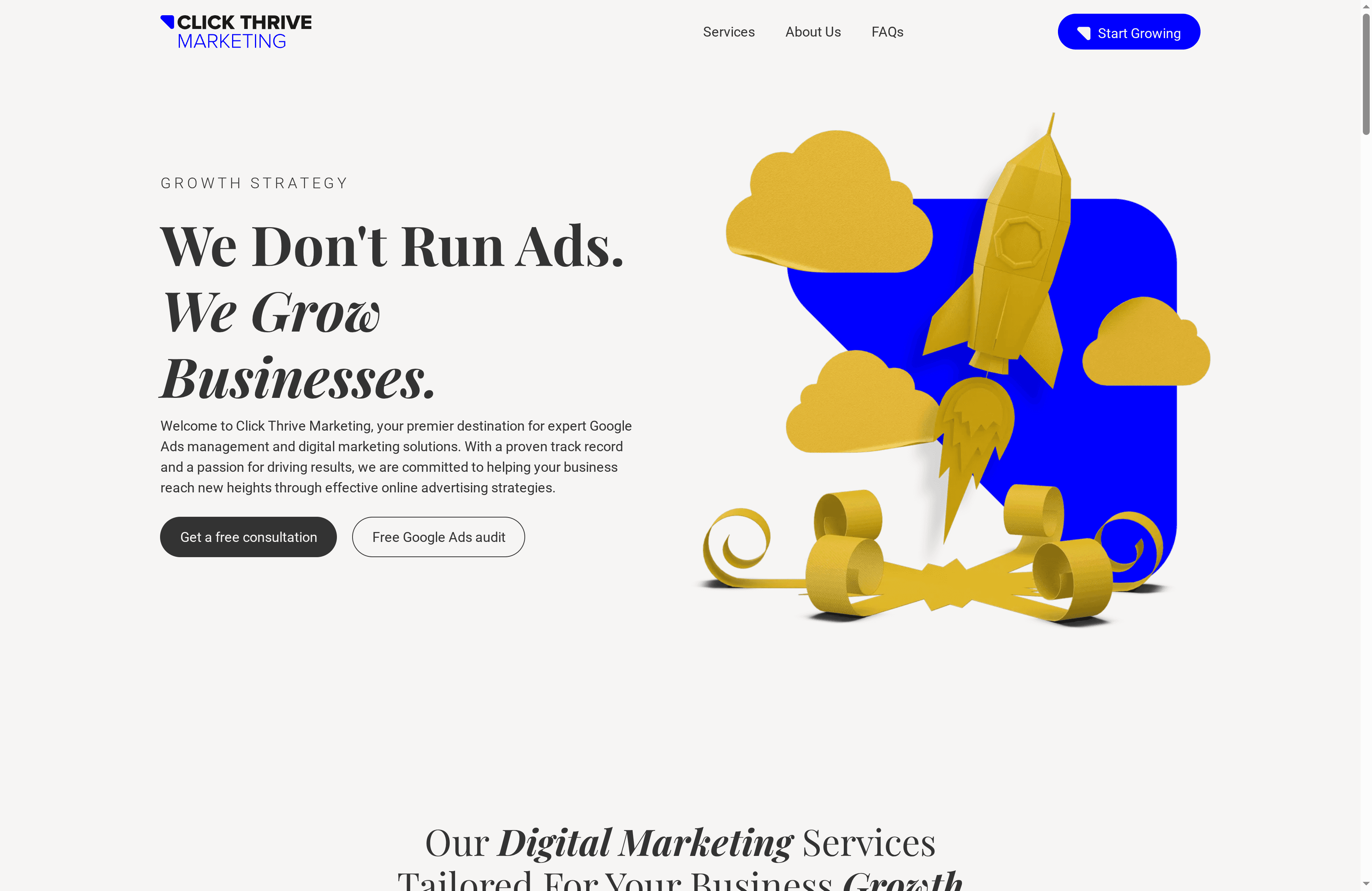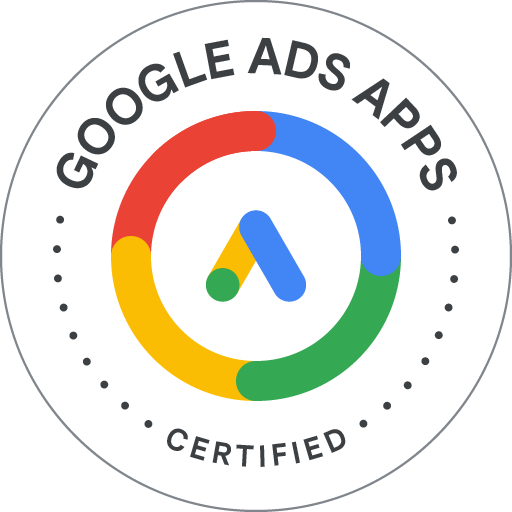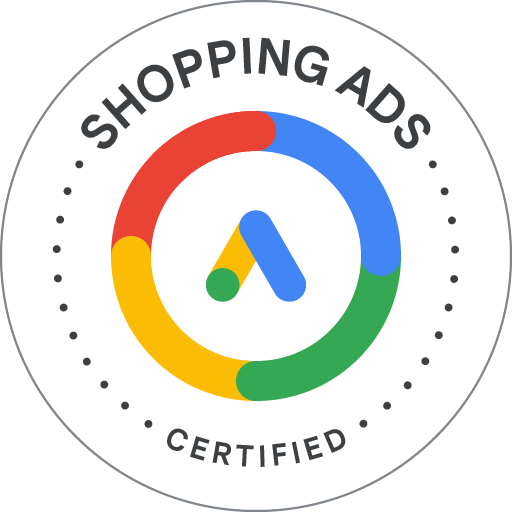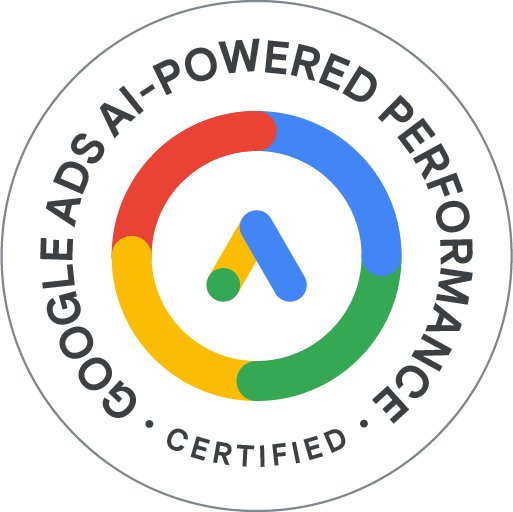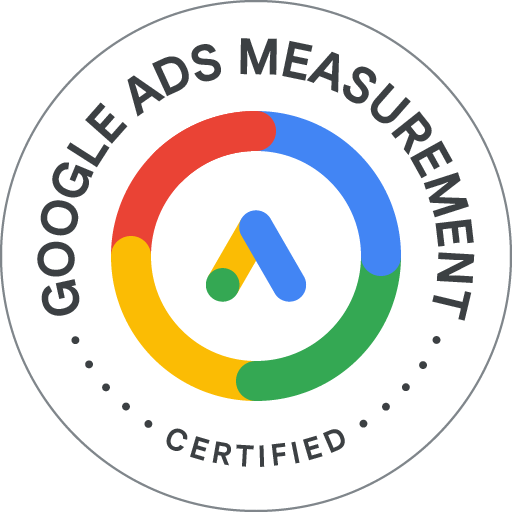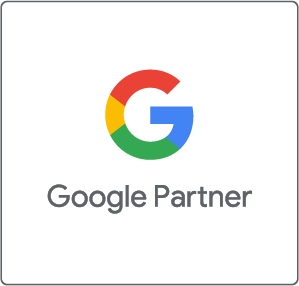Online advertising now drives over 60 percent of all global marketing spend, reflecting how quickly digital strategies have outpaced traditional methods. As more businesses compete for consumer attention, knowing how to navigate the complexities of internet-based ads can be the difference between meaningful growth and wasted budgets. Understanding the fundamental concepts and key types of online advertising is the first step to making smarter, results-driven marketing decisions in an ever-evolving digital world.
Table of Contents
- Defining Online Advertising and Core Concepts
- Major Types of Online Advertising Explained
- How Online Advertising Campaigns Work
- Targeting, Analytics, and Conversion Strategies
- Costs, Risks, and Return on Investment
- Common Challenges and Mistakes to Avoid
Key Takeaways
| Point | Details |
|---|---|
| Targeted Advertising | Online advertising excels in precise audience segmentation, allowing for tailored marketing strategies that enhance engagement and conversion rates. |
| Real-Time Analytics | The capability to track ad performance in real-time enables businesses to optimize campaigns promptly based on data-driven insights. |
| Cost Efficiency | Compared to traditional advertising, online platforms offer a lower cost of entry and a performance-based pricing model, making them accessible for businesses of all sizes. |
| Common Pitfalls | Failing to define a target audience, neglecting performance analytics, and lacking competitive research are frequent mistakes that undermine advertising success. |
Defining Online Advertising and Core Concepts
Online advertising represents a dynamic digital strategy where businesses promote their products, services, and brands through internet channels. According to Berkeley Law, this approach has transformed how companies connect with potential customers by leveraging internet technologies and economic models that enable precise targeting and competitive advertising strategies.
At its core, online advertising encompasses multiple digital channels including search engine marketing, social media ads, display advertising, video promotions, and email marketing campaigns. Mozilla Blog highlights that these techniques have become the predominant business model driving internet economics, allowing businesses of all sizes to reach global audiences with unprecedented precision.
Key characteristics of online advertising distinguish it from traditional marketing approaches:
- Targeted Reach: Ability to segment audiences based on demographics, interests, and behaviors
- Measurable Performance: Real-time tracking of ad engagement, clicks, and conversion rates
- Cost-Effectiveness: Lower entry costs compared to traditional media advertising
- Flexibility: Quick campaign adjustments and optimization based on immediate data insights
For businesses seeking growth, understanding these core advertising principles becomes crucial in developing effective digital marketing strategies. 7 Essential Types of Google Ads Every Business Owner Should Know can provide additional insights into specific advertising techniques that drive measurable results.
Major Types of Online Advertising Explained
Online advertising has evolved into a sophisticated ecosystem with multiple strategic approaches for businesses to connect with potential customers. PSOU highlights several critical categories of digital advertising that enable targeted marketing across different platforms and consumer touchpoints.
Search Engine Marketing (SEM) represents one of the most powerful online advertising techniques, allowing businesses to place targeted advertisements directly within search engine results. According to Telkomsel, this approach enables companies to reach customers precisely when they are searching for related products or services, making it an incredibly efficient marketing strategy.
The primary types of online advertising include:
- Search Ads: Text-based advertisements appearing in search engine results
- Display Advertising: Visual banner and graphic ads across websites and platforms
- Social Media Advertising: Targeted promotions on platforms like Facebook, Instagram, and LinkedIn
- Video Advertising: Promotional content integrated into video platforms like YouTube
- Native Advertising: Sponsored content that matches the look and feel of surrounding media
- Email Marketing: Direct promotional messages sent to subscriber lists
- Remarketing: Targeted ads shown to users who have previously interacted with a brand
For businesses looking to dive deeper into effective advertising strategies, Why Invest in Google Ads provides comprehensive insights into maximizing digital marketing performance and understanding the nuanced world of online advertising.
How Online Advertising Campaigns Work
Online advertising campaigns operate through complex technological infrastructures that enable precise targeting and real-time bidding. ArXiv Research reveals the sophisticated algorithms behind digital advertising, highlighting how advanced systems predict user responses and optimize bidding strategies in milliseconds.
Semantic targeting plays a crucial role in modern advertising campaigns, where machine learning technologies analyze context and user behaviors to deliver highly relevant advertisements. According to Semantic Advertising Research, these advanced systems match ad content with user interests by understanding the underlying semantic meaning of web content and user interactions.
The typical online advertising campaign workflow involves several critical stages:
- Campaign Planning: Define target audience, set objectives, and determine budget
- Platform Selection: Choose appropriate advertising channels (Google Ads, social media, display networks)
- Ad Creation: Develop compelling visual and textual content
- Targeting Configuration: Set demographic, geographic, and behavioral targeting parameters
- Budget Allocation: Distribute spending across selected platforms
- Real-Time Bidding: Automatically compete for ad placements in milliseconds
- Performance Tracking: Monitor key metrics like click-through rates, conversions, and return on ad spend
For businesses aiming to optimize their digital marketing strategies, 7 Real Examples of Google Ads Campaigns for Business Growth offers practical insights into developing successful online advertising approaches.
Targeting, Analytics, and Conversion Strategies
Online behavioral advertising represents a sophisticated approach to digital marketing that goes beyond traditional advertising methods. ArXiv Research provides a comprehensive framework exploring how advertisers strategically capture and influence consumer responses through targeted digital campaigns.
In the digital landscape, attention economics plays a critical role in advertising success. According to Wikipedia, advertisers now treat consumer attention as a valuable resource, developing intricate strategies to not just capture but retain audience engagement across multiple digital platforms.
Key strategies for effective targeting and conversion include:
- Demographic Segmentation: Breaking down audiences by age, income, location, and interests
- Behavioral Targeting: Analyzing user online behaviors and past interactions
- Retargeting: Showing ads to users who have previously interacted with a brand
- Conversion Tracking: Monitoring specific user actions like purchases or sign-ups
- A/B Testing: Comparing different ad versions to optimize performance
- Predictive Analytics: Using machine learning to forecast potential customer actions
Businesses looking to enhance their digital marketing performance can gain valuable insights from 7 Proven Conversion Rate Optimization Tips for Small Businesses, which offers practical strategies for improving online advertising effectiveness.
Costs, Risks, and Return on Investment
Pay-per-click (PPC) advertising represents a complex financial model where businesses invest strategically in digital marketing. Wikipedia explains that advertisers are charged only when potential customers actively click on their advertisements, creating a performance-driven approach to online marketing spending.
The digital advertising landscape involves intricate real-time bidding mechanisms that introduce both opportunities and potential risks. According to Real-Time Bidding Research, automated advertising auctions occur in milliseconds, allowing businesses to compete for valuable digital ad placements while managing their marketing budgets with unprecedented precision.
Key financial considerations in online advertising include:
- Cost per Click (CPC): Determining the price paid for each user interaction
- Conversion Rate: Measuring the percentage of clicks resulting in desired actions
- Customer Acquisition Cost (CAC): Calculating total expenses to acquire a new customer
- Return on Ad Spend (ROAS): Evaluating revenue generated relative to advertising investment
- Budget Allocation: Strategically distributing funds across different advertising channels
- Risk Management: Monitoring and mitigating potential financial losses
For small businesses seeking to optimize their digital marketing investments, How to Generate Leads for Small Businesses Online offers practical strategies for maximizing return on investment and minimizing potential advertising risks.
Common Challenges and Mistakes to Avoid
Click fraud represents a significant threat to online advertising effectiveness, undermining the integrity of digital marketing campaigns. Pay-per-Click Research reveals how malicious actors can artificially inflate click numbers, causing businesses to waste valuable marketing budgets on fraudulent interactions.
In the crowded digital marketplace, capturing consumer attention has become increasingly challenging. According to Attention Economy Research, businesses must navigate an information-saturated landscape where potential customers are constantly bombarded with competing messages and distractions.
Common pitfalls in online advertising include:
- Poorly Defined Target Audience: Failing to precisely identify ideal customer segments
- Ineffective Ad Copywriting: Creating generic or unengaging advertisement content
- Insufficient Budget Allocation: Spreading resources too thin across multiple platforms
- Neglecting Performance Analytics: Not regularly monitoring and adjusting campaign strategies
- Ignoring Conversion Optimization: Failing to test and improve landing page experiences
- Lack of Competitive Research: Not understanding competitor strategies and market positioning
Businesses looking to develop more robust advertising strategies can find practical guidance in 7 Google Ads Best Practices Every Local Business Needs, which offers actionable insights for avoiding common digital marketing mistakes.
Unlock the Full Potential of Your Online Advertising
Struggling to effectively target your audience and maximize every advertising dollar resonates with many businesses today. This guide reveals key challenges like defining your target segments, managing real-time bidding, and tracking conversion rates — all critical to avoid wasted budget and missed opportunities. You need more than just ads; you need precise, data-driven strategies that make your campaigns perform and generate consistent leads.
Take control of your digital marketing journey by partnering with Click Thrive Marketing where we specialize in turning these complexities into growth. Explore our Uncategorized Archives – Click Thrive Marketing to see how our Google Ads management and lead generation expertise can deliver measurable results. Don’t let your advertising budget go to waste. Visit us now at https://clickthrivemarketing.com and start transforming your online advertising into a powerful business asset.
Frequently Asked Questions
What is online advertising?
Online advertising is a digital strategy where businesses promote their products, services, and brands through internet channels, utilizing techniques such as search engine marketing, social media ads, and display advertising.
How does online advertising differ from traditional advertising?
Online advertising allows for targeted reach, measurable performance, cost-effectiveness, and flexibility in adjusting campaigns, unlike traditional advertising which often lacks real-time tracking and precise audience targeting.
What are some common types of online advertising?
Common types of online advertising include search ads, display advertising, social media advertising, video advertising, native advertising, email marketing, and remarketing.
What factors should I consider when planning an online advertising campaign?
When planning an online advertising campaign, consider your target audience, objectives, budget, chosen platforms, ad creation, targeting configuration, and performance tracking to optimize your strategy.
Recommended
- The Essential Guide to the Role of Digital Marketing – Click Thrive Marketing
- 7 Essential Types of Google Ads Every Business Owner Should Know – Click Thrive Marketing
- Why Invest in Google Ads: Complete Expert Guide – Click Thrive Marketing
- 7 Google Ads Best Practices Every Local Business Needs – Click Thrive Marketing
- Understanding Programmatic Advertising Explained Simply – playablemaker.com Understanding Programmatic Advertising Explained Simply
- Digital Marketing Explained: Strategies, Channels, Results – Marzipan

